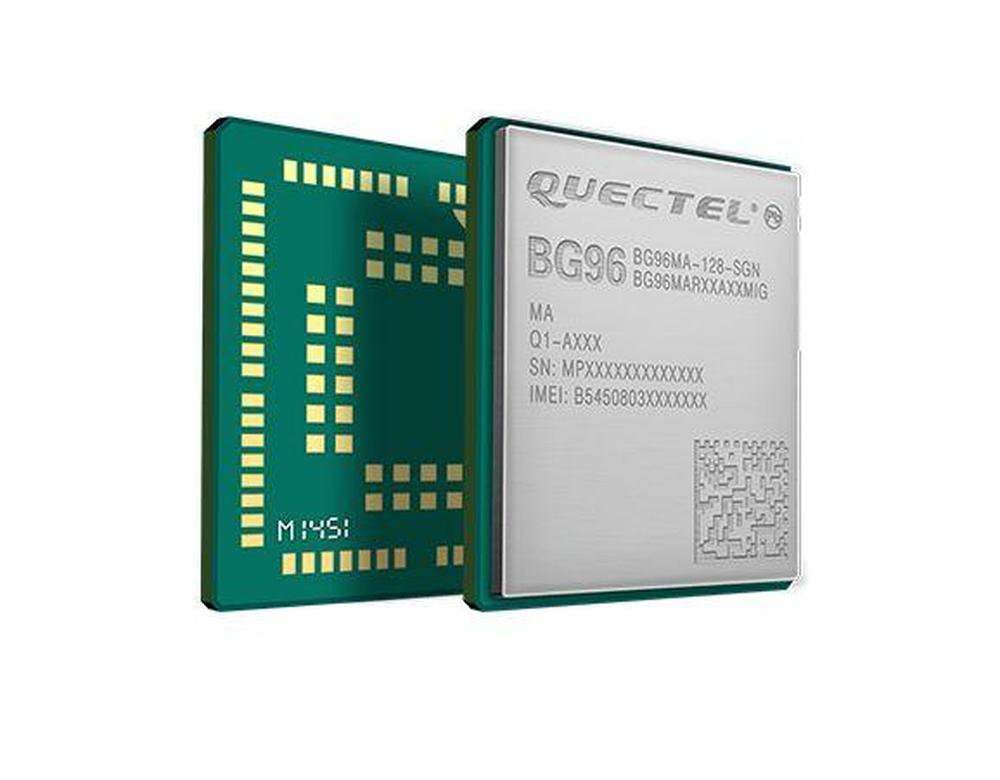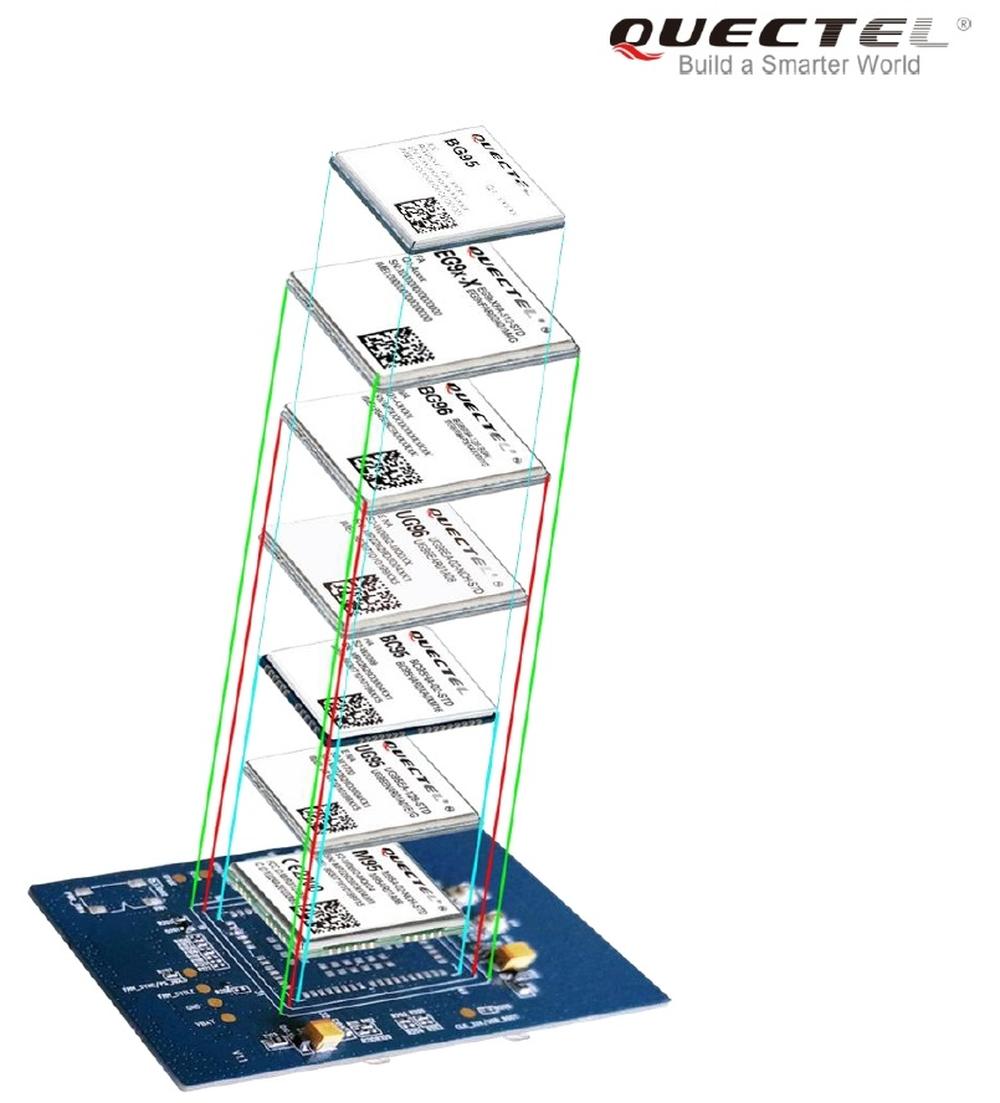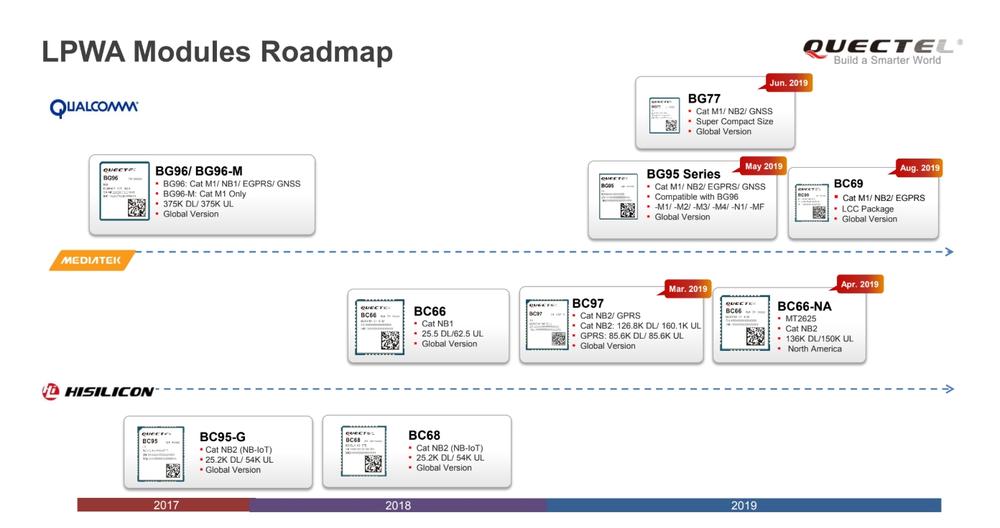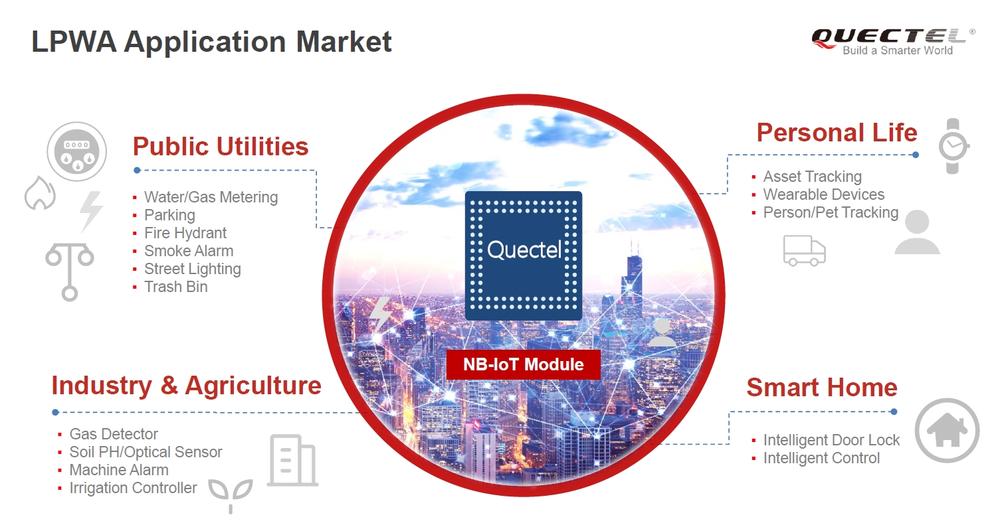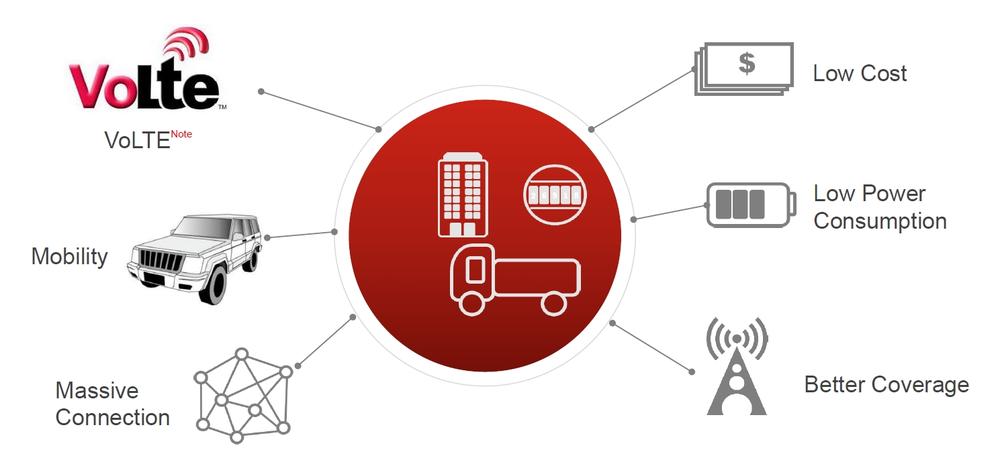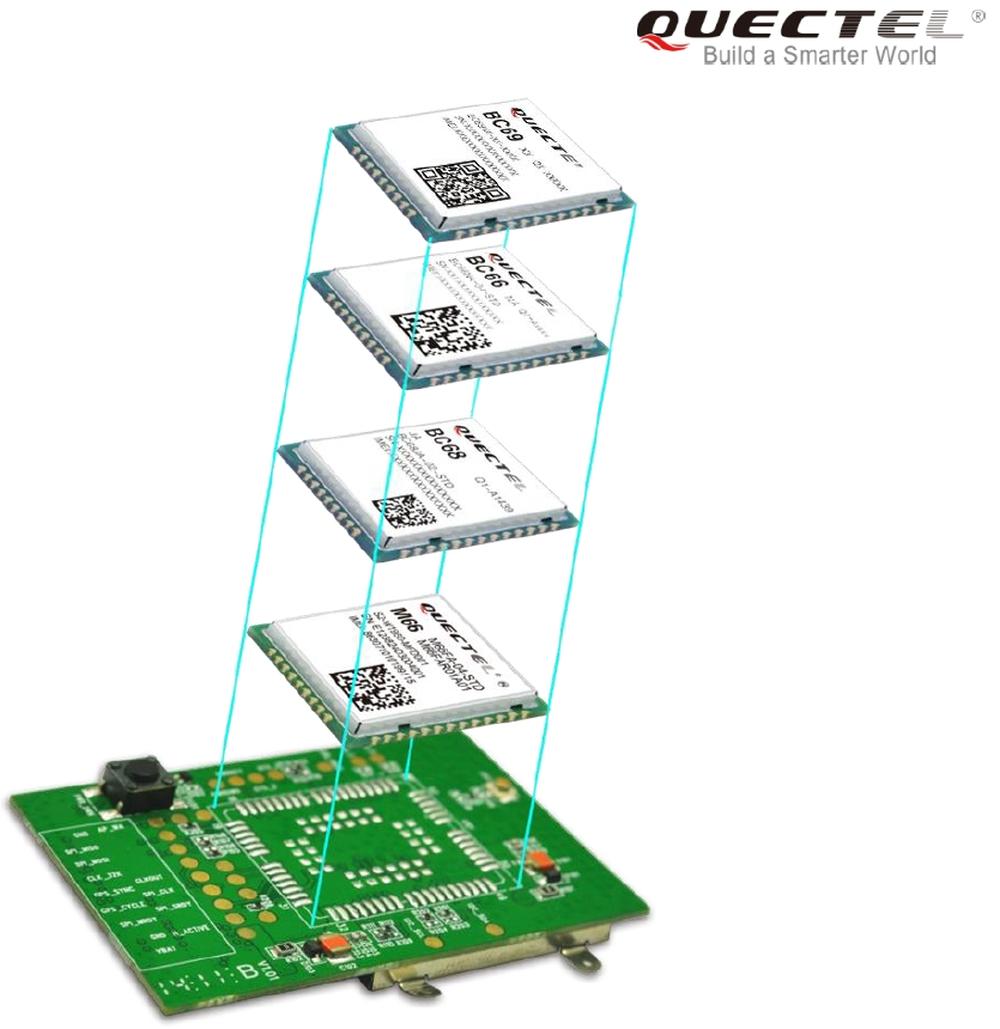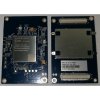David Wei and Radu Igret are senior product managers at Quectel responsible for LPWA line, which is the most dynamic branch within the company.
LPWA technology and LPWA modules are currently the most anticipated products on the wireless market.
Radu Igret demonstrated how a development kit with the BG96 module works. He explained the principles of low-power mode of the module, which he then connected to the NB IoT network in Romania and demonstrated data transfer to the server via the MQTT protocol.
Watch the video to learn more.
David Wei summarized the facts and benefits of LPWA technology and answered the following questions. Here is the short overview:
What technologies are currently considered mainstream in the world and particularly in Europe?
The most popular are NB IoT technologies with 78 functional networks worldwide and LTE Cat M1, which has 31 deployments to date.
How many connected devices are expected worldwide by 2020?
Totally 3 billion connected wireless devices are expected by 2020 worldwide, 70% of them will use NB IoT and Cat M1 technologies and 30% will use high-speed technologies like 3G/WiFi/4G or the upcoming 5G. Low-speed M2M modules will cover most applications in the future.
What are the main advantages of NB IoT and Cat M1 technologies over already existing networks?
Main advantages over 2G/3G technologies are significantly lower power consumption (several years lifetime on a single battery), better signal coverage (+20dB over existing networks), massive connection (high number of connected devices in one cell), low cost of modules, VoLTE functionality (for Cat M1 technology).
What chipsets are used in Quectel modules?
Quectel uses chipsets from 3 major chipset manufacturers, namely Qualcomm, Mediatek and HiSilicon. BG96/BG95/BG77/BC600L/BC69 modules are based on Qualcomm chipsets, BC66/BC66-NA/BC97/BC950N are based on Mediatek chipsets and BC95-G/BC68 are built on HiSilicon chipsets. Only Qualcomm chipsets support both Cat M1 and NB IoT technology, while HiSilicon and Mediatek chipsets support NB IoT only.
Is NB2 backward compatible with NB1 technology?
Yes, NB2 is backward compatible with NB1 and Quectel modules work properly in both networks.
What are the most significant differences between NB1 and NB2 technology?
NB2 adds higher data transfer rates compared to NB1 (103k DL vs 25.5k DL and 150k UL vs 62.5k UL), there are also some enhancements in mobility and coverage over NB1 in favour of NB2.
Which modules will come to the market this year and which technologies will be supported by each of them?
We will launch the BG95 with Cat M1/NB2/EGPRS/GNSS/WiFi functionality, BG77 with Cat M1/NB2/GNSS onboard, BC600L-M3 with Cat M1/NB2/EGPRS/GNSS support and BC69 with Cat M1/NB2/GNSS embedded.
Can the WiFi functionality in BG95 be used also for data transfer?
No, the WiFi functionality of BG95 is only for positioning purposes, it scans WiFi SSIDs and based on that information can localize the module’s position inside buildings where GNSS signal is missing.
Do you have any interesting information on upcoming modules?
At the end of 2019, Quectel will launch the first 450MHz LPWA module - the BC950N-N1, which is particularly interesting for some regions in Europe, e.g. Hungary has already built LTE network for 450MHz.
Follow our next articles and contact our sales team at sales@soselectronic.com to get the most accurate information on price and availability of new LPWA modules from QUECTEL.
The field application engineer from Quectel demonstrates how development kit with the BG96 module works. He is explaining the principles of low-power mode of the module, which he then connects to the NB IoT network in Romania and demonstrates data transfer to the server via the MQTT protocol.
Do you like our articles? Do not miss any of them! You do not have to worry about anything, we will arrange delivery to you.
